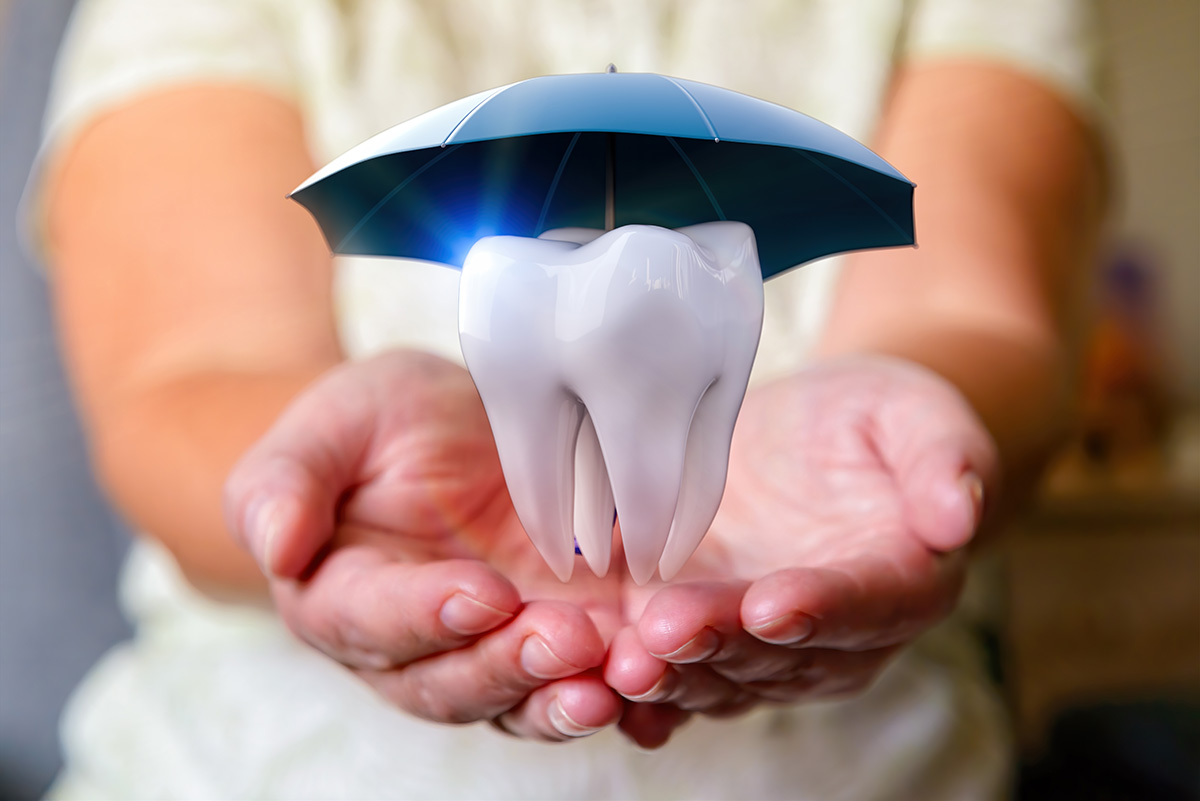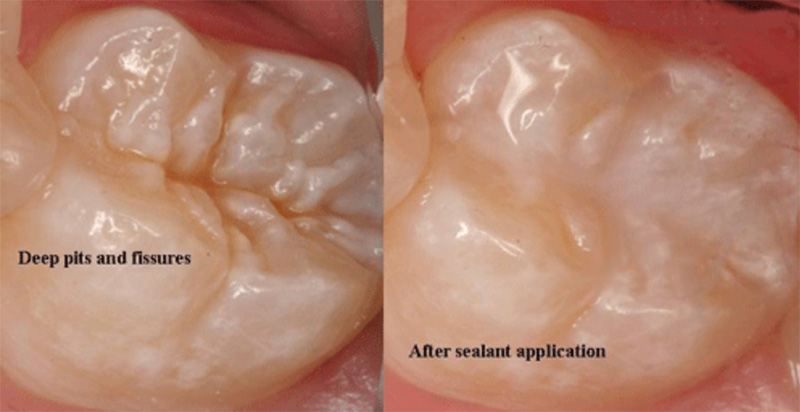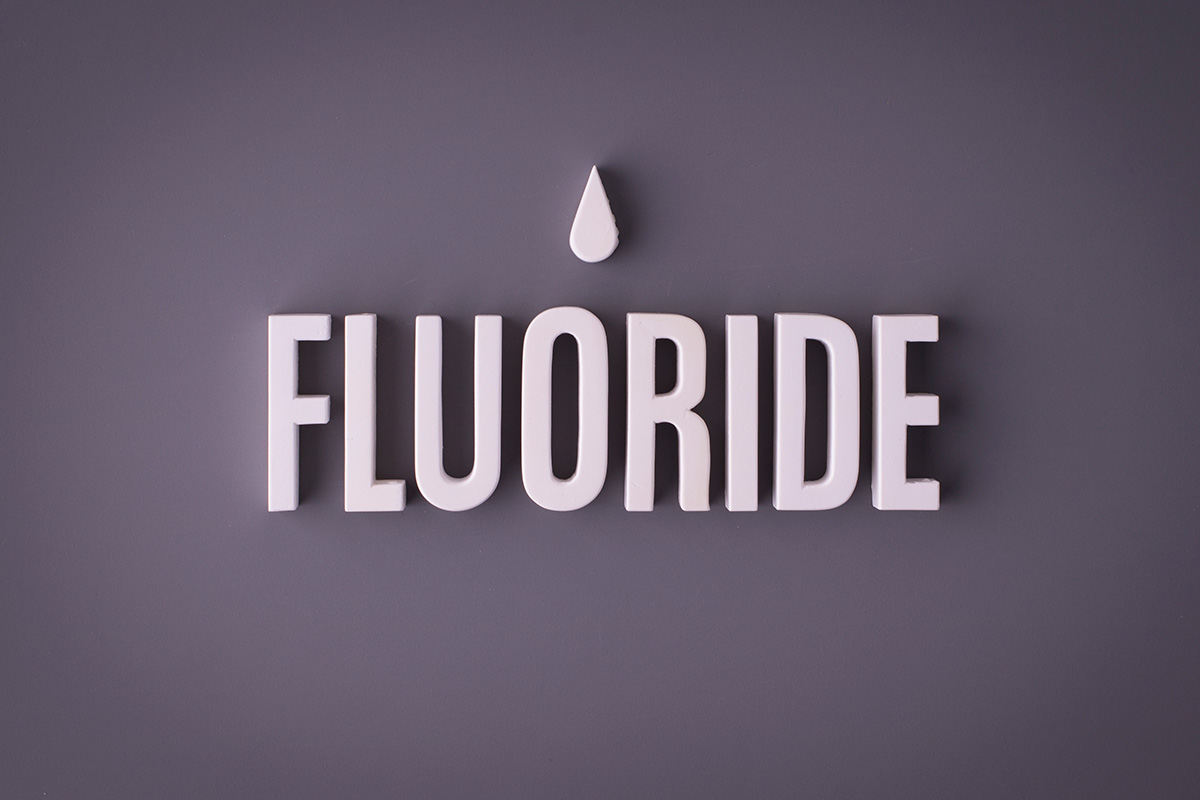What is Preventative Dentistry ?
Preventative dentistry includes any treatment or procedure that helps to prevent a problem from occurring in the future or helps identify a small problem before it becomes a big one.


What are the benefits of fissure sealants or fissure protections?
Fissure seals are white bonding materials used on the tops of the back teeth which are more prone to bacteria due to their groovy shapes and harder to reach nature.
Similarly, fissure protections are also applied to the same surfaces but using a semi-permanent and slow release fluoride material known as a glass ionomer cement (GIC) which allows for increased remineralization of the tooth surface.
Both procedures are quick and painless involving:
Fissure seals can prevent more serious and painful issues later on. Contact us to see which of these procedures can help you.
Fluoride & Alternatives
Fluoride occurs naturally and is found in certain foods (meat, fish and eggs) and in most cases in NZ, local drinking water. The majority of toothpastes in NZ contain fluoride in differing concentrations dependent on the consumer. There has been many discussions over the years about the use of fluorides which has resulted in some scepticism on the matter.
At Tulip Dental we believe that it’s important for you to feel comfortable with how you manage your Oral Health and are up to date with the latest research on alternatives to fluoride toothpastes such as hydroxyapatite.

How Does Fluoride Toothpaste Work?
Your teeth have an outer covering called enamel that is made up of calcium and phosphate. Your saliva also contains calcium and phosphate that constantly bathe your teeth. These minerals keep your teeth strong.
Bacteria found in cavities can break down food particles and create an acidic environment in your mouth. This acidic environment is harsh and can strip away these beneficial minerals from the surfaces of your teeth. This process is called demineralization.
The fluoride in fluoridated toothpaste works by:
- 1
Teaming up with the calcium and phosphate in your saliva and teeth to form a compound called fluorapatite. This compound looks like a crystal lattice (apatite crystal lattice).
- 2
Covering demineralized enamel with the more acid-resistant fluorapatite. This remineralizes the teeth, restores their strength, and protects it from further damage by acid.
How Does Hydroxyapatite Toothpaste Work?
Hydroxyapatite is a form of calcium that makes up 97% of your tooth enamel ( hard layer) and nearly 70% of the dentin (softer inside layer) of your teeth.
Hydroxyapatite is absorbed by the teeth and fills the enamel fissures caused by demineralization.
The most widely studied type of hydroxyapatite is nano-hydroxyapatite, because of its small size, it can insert into really small spaces, which leads to better benefits.
Unlike fluoride, hydroxyapatite works by:
- 1
Remineralizing enamel from within, reaching the innermost part of a dental cavity
- 2
Binding to plaque and harmful bacteria in our mouth
